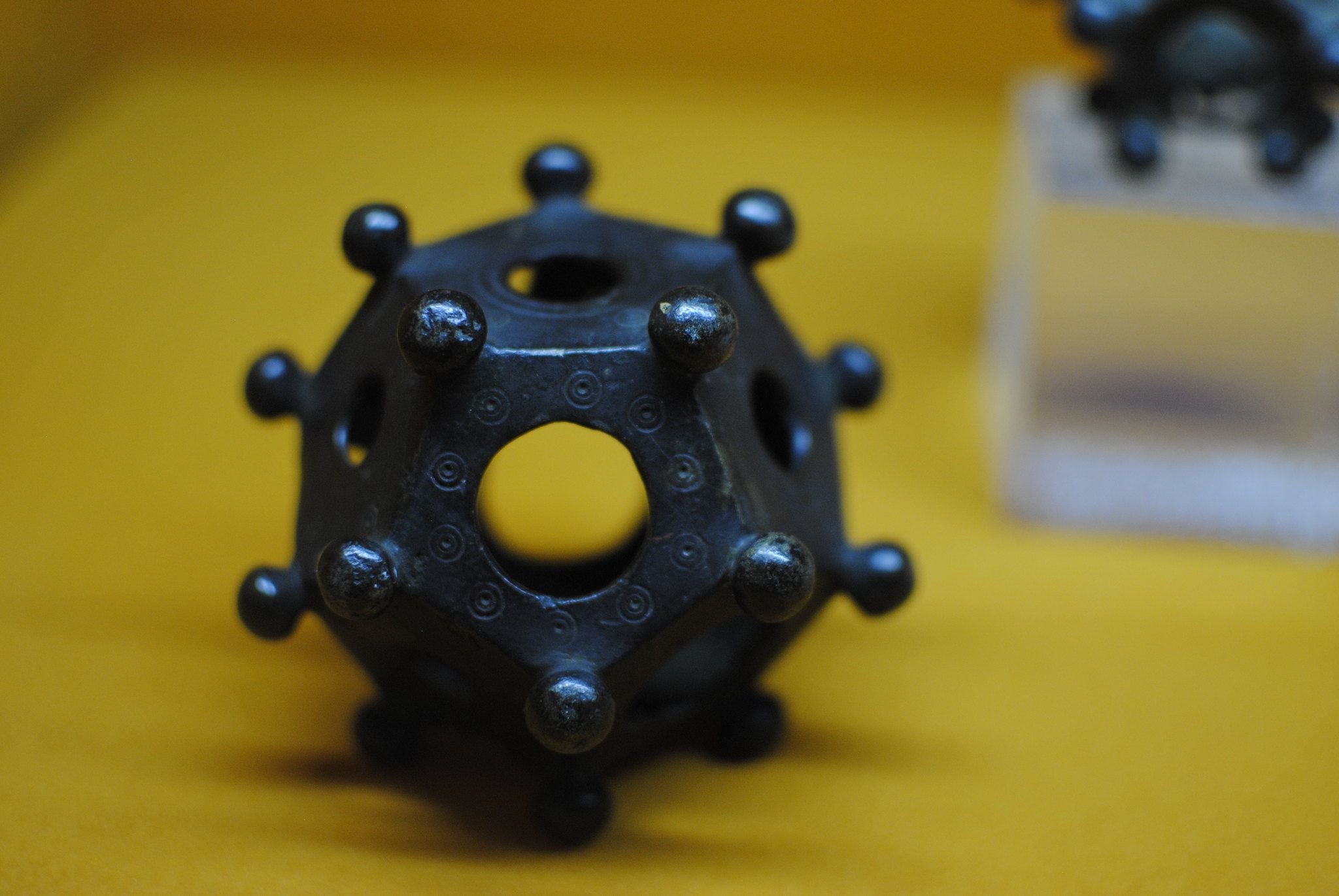The implementation of offshore wind measurements, in the pre-salt zone, has begun, with the participation of Petrobras (PETR3; PETR4), Shell Brasil, Total Energy, CNPC, CNOOC, and the Federal University of Rio Grande do Sul (UFRGS). Campo de Búzios, located in the Santos Basin, was chosen for the first data collection, with plans to expand the work to Campo de Meru year-round.
This research is part of the Ventos de Libra project, which has received investments amounting to approximately R $ 8 million. In addition to developing study techniques, the project envisages creating methodologies for analyzing wind patterns, as well as assessing the technical feasibility of installing wind turbines. The aim is to support future offshore wind projects in the pre-salt region.
Jean-Paul Prats, President of Petrobras, emphasized that this initiative aims to promote the development of knowledge and training in the offshore wind energy sector, known for its great potential in Brazil. The partnership with important pre-salt actors and renowned academic institutions highlights the collaborative nature of the project.
Petrobras (PETR3; PETR4)
An important feature of the project is its ability to improve models, with the aim of reducing risks in implementing floating wind technology in deepwater areas. Subsequent stages will include analyzing the feasibility of integrating wind turbines into oil and gas production systems.
Joelson Mendes, director of exploration and production at Petrobras, explained that offshore wind projects represent major scientific and technological challenges, especially in the conditions found in the pre-salt zone, about 200 kilometers from the coast, and at depths of up to 2 thousand metres.
Mauricio Tolmaskem, Director of Energy Transition and Sustainability at the state-owned company, stressed that projects of this type could indicate ways to enhance the decarbonization of activities, in line with the company's strategic plan.
Wind measurement
The wind measuring station is located on the ship's platform P-75, a floating unit dedicated to the production, storage and transportation of oil. The technology used is based on the Lidar (Light Detection and Ranging) remote sensing measurement system. The data will be transferred directly to the Petrobras Research, Development and Innovation Center (Cenpes), where it will be analyzed over a period of 3 years.
Carlos Travasos, Director of Engineering, Technology and Innovation at Petrobras, explained that the company began feasibility studies to implement offshore wind activity a decade ago, as it installed the first tower to measure wind intensity at sea in Brazil, on a platform in shallow waters off the coast of the state of Rio Grande do My light.
The Ventos de Libra project is led by Engineer Christiane Lodi, coordinator on the part of Petrobras and the Libra Consortium, and Professor Adrian Brisco-Petri, from UFRGS, responsible for coordinating the Center for the Integration of Studies, Research and Innovation in Wind Energy (NEPE). The consortium is operated by Petrobras (38.6%), in partnership with Shell Brasil (19.3%), Total Energy (19.3%), CNBC (9.65%), CNOC (9.65%) and Pre-Sal Petroleo S. A-BPSA (3.5%). .
(With Brazil agency).

“Hardcore beer fanatic. Falls down a lot. Professional coffee fan. Music ninja.”







More Stories
Agrishow 2024 brought drones, artificial intelligence and twice as many startups to agriculture
The newspaper says the exemption on imports worth up to $50 is in Congress’s view and could expire
A 1 R$ coin can be worth more than R$26,000; Find out if you have